Mercury Motion was established in 2009. It is a high-tech enterprise integrating R&D, production and sales of various 8520 coreless motor thrust,12v coreless dc motor,820 coreless motor,716 coreless motor,coreless electric motor,8mm coreless motor,12v coreless motor,10mm coreless motor.Products are widely used in automatic curtain, medical equipment, intelligent security, household appliances, western kitchen equipment, machinery and electronics and other high-end transmission structures, products are exported to more than 50 countries and regions at home and abroad.It has accumulated more than ten years of successful cases experience in the motor field, providing customers with perfect overall transmission mechanism solutions.
Product name
| coreless dc motor
| Keyword
| 8520 coreless motor thrust,12v coreless dc motor,820 coreless motor,716 coreless motor,coreless electric motor,8mm coreless motor,12v coreless motor,10mm coreless motor
| | Place of Origin | China | Rated
| DC 5V
| Type
| GEAR MOTOR
| Total length
| 55.7-45.2mm, (Contact us for specific information to confirm)
| Applicable Industries
| health equipment, etc.
| Weight
| 14kg
| Product Description
| A gear motor is a type of motor that incorporates gears into its design to achieve a specific speed and torque output. It typically consists of a motor, a gearbox, and a series of gears that work together to control the motor's speed and power.
| Life span
| 16 years (Contact us for specific information to confirm)
| Advantage
| We keep good quality and competitive price to ensure our customers benefit
| Packing
| 101x130x116mm(Contact us for specific information to confirm)
| Sales country
| All over the world for example:Slovakia,Tanzania,Paracel Islands,United Arab Emirates,Somalia,Costa Rica,Juan de Nova Island,Western Sahara,Marshall Islands
| MOQ
| 49pcs(Contact us for specific information to confirm)
|
Please contact us for details about Precision Motors
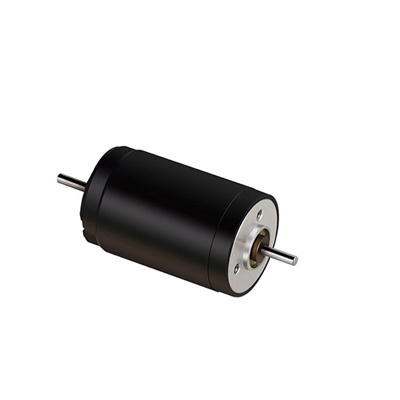
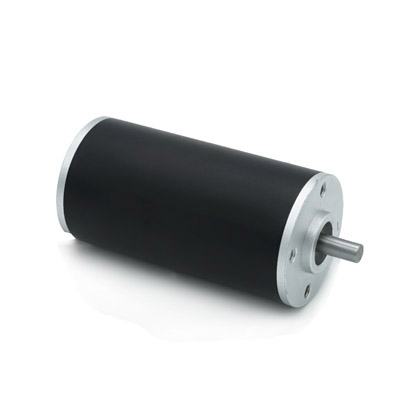
For more information about GM Planetary Gear Motors, please contact us. 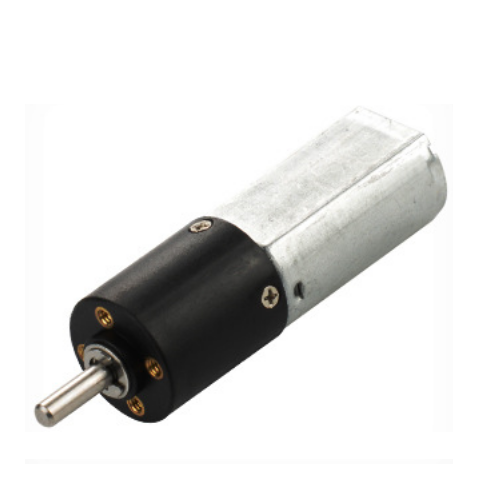
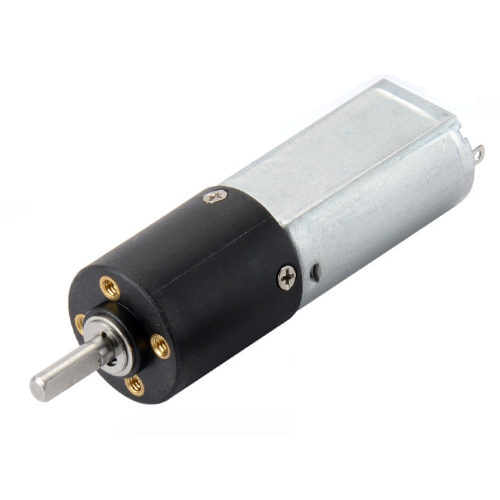
Please contact us for details about Spur Gear Motors 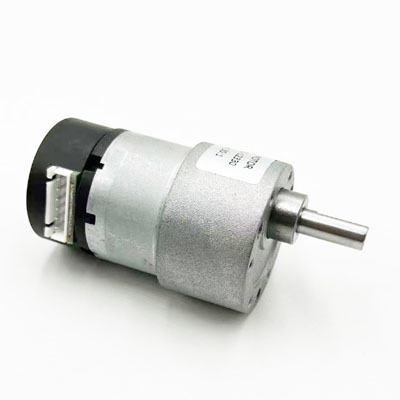
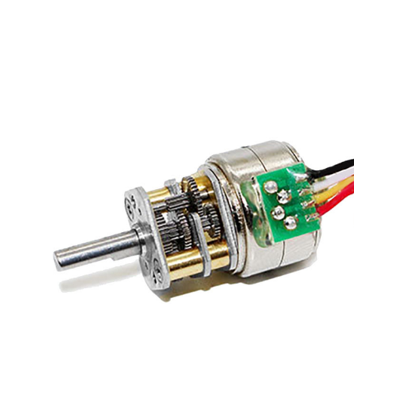
coreless dc motor services FAQs Guide
Are you looking for a quick review guide about coreless dc motorservices?
An ultimate FAQ buying guide is available to help you.This guide contains all the information about all the important facts, figures, and various processes regarding coreless dc motor services.
Let’s continue!
1.What types of bearings are typically used in gear motors?
2.Are there any noise or vibration concerns with gear motors?
3.How does the size of a gear motor affect its performance?
4.What are the differences between AC and DC gear motors?
5.Are gear motors energy efficient?
6.Are there any speed control options for gear motors? 1.What types of bearings are typically used in gear motors? We adhere to the principle of integrity and transparency, and establish long -term relationships with partners, and we attach great importance to this detail.
1. Ball bearings: These are the most common type of bearings used in gear motors. They consist of a series of balls held in place by a cage, which allows for smooth rotation and reduced friction.
2. Roller bearings: These bearings use cylindrical rollers instead of balls to reduce friction and support heavy loads. They are commonly used in high-speed gear motors.
3. Tapered roller bearings: These bearings have tapered rollers that are designed to handle both radial and axial loads. They are commonly used in gear motors that require high precision and durability.
4. Needle bearings: These bearings use long, thin rollers to support heavy loads and reduce friction. They are commonly used in gear motors with limited space.
5. Thrust bearings: These bearings are designed to handle axial loads and are commonly used in gear motors that require high thrust capacity.
6. Spherical roller bearings: These bearings have a spherical outer raceway, which allows for misalignment and can handle heavy radial loads. They are commonly used in gear motors that operate at high speeds.
7. Cylindrical roller bearings: These bearings use cylindrical rollers to support heavy radial loads and are commonly used in gear motors with high radial load requirements.
8. Bushings: These are simple bearings that consist of a smooth cylindrical or spherical surface that allows for rotation with minimal friction. They are commonly used in low-speed gear motors.
9. Plain bearings: These bearings have a smooth surface that allows for sliding motion and are commonly used in gear motors that require low friction and high precision.
10. Magnetic bearings: These bearings use magnetic fields to support the rotating shaft and eliminate the need for physical contact. They are commonly used in high-speed gear motors that require low friction and high precision. 2.Are there any noise or vibration concerns with gear motors? We have broad development space in domestic and foreign markets. coreless dc motor have great advantages in terms of price, quality, and delivery date.
There can be noise and vibration concerns with gear motors, depending on the type and quality of the motor. Some gear motors may produce a humming or buzzing noise, while others may have a more noticeable vibration. This can be caused by factors such as the type of gears used, the speed and load of the motor, and the overall design and construction of the motor. In general, higher quality gear motors will have better noise and vibration control measures in place to minimize these concerns. It is important to carefully consider the specifications and reviews of a gear motor before purchasing to ensure it meets your noise and vibration requirements. 3.How does the size of a gear motor affect its performance? We focus on providing high coreless dc motor quality products and services.
The size of a gear motor can affect its performance in several ways:
1. Torque: The size of the gear motor directly affects the amount of torque it can produce. A larger gear motor will have a larger gear ratio, which means it can produce more torque. This is important for applications that require high torque, such as lifting heavy loads.
2. Speed: The size of the gear motor also affects its speed. A larger gear motor will have a slower speed due to the larger gear ratio. This is important for applications that require precise and slow movements, such as in robotics.
3. Power: The size of the gear motor also affects its power output. A larger gear motor will have a higher power output due to the larger gear ratio and larger motor size. This is important for applications that require high power, such as in industrial machinery.
4. Efficiency: The size of the gear motor can also affect its efficiency. A larger gear motor may have a higher efficiency due to the larger gear ratio, which reduces the amount of energy lost in the gear train. However, this also depends on the quality and design of the gear motor.
5. Durability: The size of the gear motor can also affect its durability. A larger gear motor may be more durable due to the larger size and stronger components. This is important for applications that require frequent and heavy use.
Overall, the size of a gear motor plays a crucial role in its performance and should be carefully considered when selecting a motor for a specific application. 4.What are the differences between AC and DC gear motors? We maintain a certain amount of R&D investment every year and continuously improve operational efficiency to provide better services to our cooperative customers.
1. Power Source: The main difference between AC and DC gear motors is their power source. AC gear motors are powered by alternating current, while DC gear motors are powered by direct current.
2. Voltage: AC gear motors typically operate at higher voltages (usually 110-240V), while DC gear motors operate at lower voltages (usually 12-24V).
3. Speed Control: AC gear motors have a fixed speed, which is determined by the frequency of the AC power supply. On the other hand, DC gear motors have variable speed control, allowing for more precise speed adjustments.
4. Direction of Rotation: AC gear motors can rotate in both clockwise and counterclockwise directions, while DC gear motors can only rotate in one direction unless a reversing switch is added.
5. Efficiency: DC gear motors are generally more efficient than AC gear motors, as they do not require a transformer to convert the power source.
6. Size and Weight: AC gear motors are typically larger and heavier than DC gear motors, as they require additional components such as a transformer and capacitor.
7. Cost: AC gear motors are generally more expensive than DC gear motors due to their more complex design and higher voltage requirements.
8. Maintenance: DC gear motors require less maintenance compared to AC gear motors, as they have fewer moving parts and do not require a transformer.
5.Are gear motors energy efficient? We are centered on customers and always pay attention to customers' needs for coreless dc motor products.
Yes, gear motors are generally considered to be energy efficient. This is because they use gears to reduce the speed of the motor while increasing the torque, allowing them to operate at a lower speed and use less energy. Additionally, gear motors are often designed with high-quality bearings and efficient motor designs to further improve their energy efficiency. 6.Are there any speed control options for gear motors? We should have a stable supply chain and logistics capabilities, and provide customers with high -quality, low -priced coreless dc motor products.
Yes, there are several speed control options for gear motors, including:
1. Variable Frequency Drives (VFDs): These devices use electronic circuits to vary the frequency and voltage of the power supplied to the motor, allowing for precise speed control.
2. Pulse Width Modulation (PWM) Controllers: These controllers use a series of rapid on/off pulses to control the speed of the motor.
3. Gearbox Selection: Choosing a different gear ratio for the motor can also affect its speed.
4. Mechanical Speed Control: Some gear motors have built-in mechanical speed control options, such as adjustable pulleys or gears.
5. Electronic Speed Controllers (ESCs): These devices are commonly used in RC vehicles and drones to control the speed of the motor.
6. Servo Motors: These motors have built-in speed control capabilities and are commonly used in robotics and automation applications.
7. Microcontrollers: By programming a microcontroller, you can control the speed of a gear motor through various input signals.
8. Potentiometers: These devices can be used to manually adjust the speed of a gear motor by changing the resistance in the circuit.
9. Phase Control: This method uses a phase angle controller to vary the amount of power supplied to the motor, thus controlling its speed.
10. Electronic Commutation: This method uses electronic circuits to control the timing and duration of the current supplied to the motor, allowing for precise speed control.
Tag:staircase chandelier beautiful,winding staircase chandelier,long staircase chandelier
|


